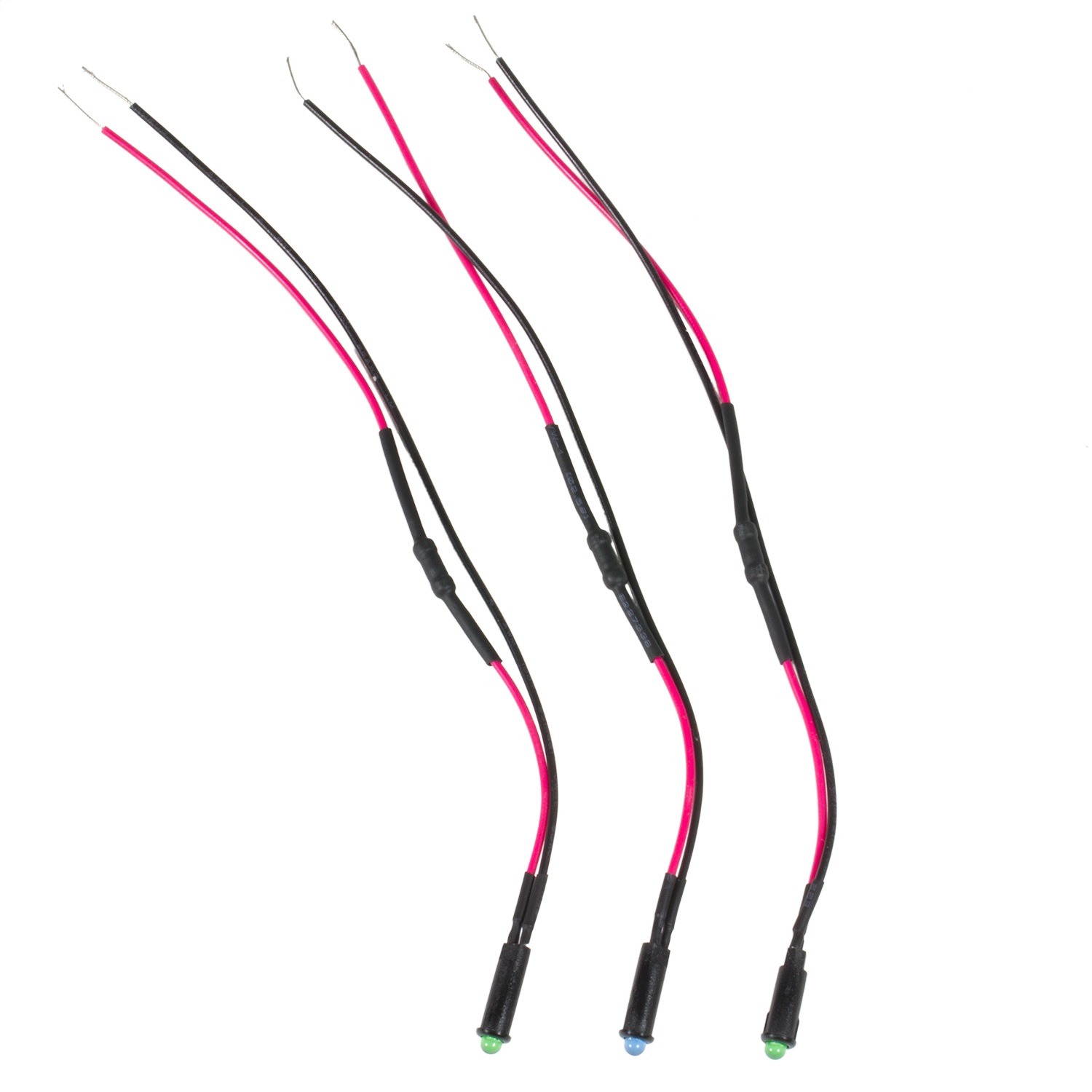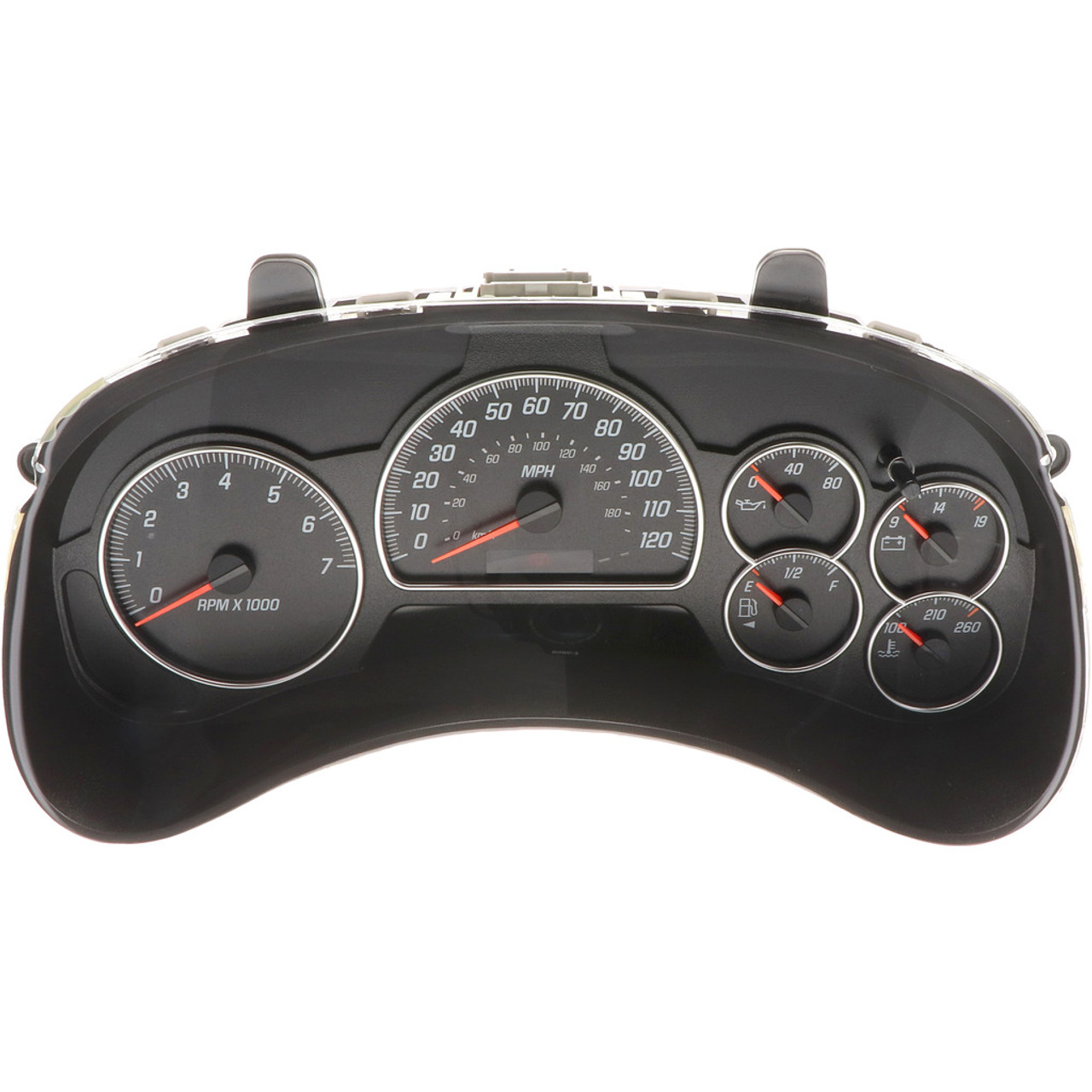It’s always troubling when a warning light pops up on your car’s dashboard. One warning that some vehicles have is the master warning light. Usually, the light is a general indicator that can turn on for a variety of reasons.
Depending on the vehicle and the circumstances, the master warning light can signal anything from a door that’s ajar to a serious powertrain problem, as we’ll discuss below.
What Does the Master Warning Light Mean?
Typically, the master warning light looks like a triangle with an exclamation mark in the middle. The light indicates one or more problems have been detected with the vehicle. Exactly what the issue (or issues) might be will depend on a variety of factors, including the type of car you have.
Basically, the master warning light is your car’s way of saying: “Hey, look at the dashboard! There’s something wrong!”. Depending on the car and the scenario, the underlying issue could be anything from low tire pressure to an engine performance problem.

The good news is, one or more additional indicators (i.e., a message in the instrument cluster or warning light on the dashboard) will likely turn on alongside the master light. Those other warnings can give you an idea of what might be wrong with your car. For example, the master warning light might turn on along with the door ajar warning, reminding you that a door isn’t completely closed.
When the master warning light pops up, you’ll want to take note of any other warnings on the dashboard. Then, consult your owner’s manual to determine the meaning of the master warning light and whatever other indicators are present.
If you don’t have a print copy of your owner’s manual handy, you can usually access a digital version through the automaker’s website. For example, if you have a Toyota vehicle, manuals can be accessed through the owner portal on the company’s website (found here).

Note: It’s important to point out that, on Toyota hybrid vehicles, the master warning light often indicates a problem (e.g., a bad high-voltage battery pack) with the gasoline-electric powertrain. As such, many owners jokingly refer to the light as the “triangle of death”.
FAQ
To extinguish the master warning light, you’ll need to address whatever problem triggered the light in the first place. As was mentioned, the master warning light almost always turns on alongside one or more additional warnings. You’ll want to use your owner’s manual to find out what those other warnings mean. From there, you can determine the proper course of action.
You should not continue to drive with the master warning light on until you figure out what triggered the light and whether it’s safe to proceed. In some cases, the warning might indicate something as trivial as low washer fluid. Other times, the light could indicate something serious, such as low oil pressure, that could quickly lead to engine damage.
Where to Find Replacement Parts for Your Ride
There are several possible reasons why your master warning light may activate. The underlying issue could be anything from low tire pressure to an engine performance problem. Luckily, it’s easy to find replacement parts for all kinds of repairs here at CarParts.com.
Whether you need a new tire or you’re looking for engine components like crankshafts and camshafts, we have what you need here at CarParts.com. We make shopping for parts online quick and easy. Simply input your ride’s specific details into our vehicle selection tool to narrow down your search to the parts compatible with your ride.
Worried about prolonged delivery times for your order? You won’t experience that inconvenience with CarParts.com. Our warehouses are strategically located across the country to ensure swift shipping.
Our products come with a low-price guarantee, so you don’t have to break the bank just to get high-quality replacement parts for your ride.
Shopping for car parts has never been this quick and easy. Take a look at our selection and order your parts today!
Shop this Project



Any information provided on this Website is for informational purposes only and is not intended to replace consultation with a professional mechanic. The accuracy and timeliness of the information may change from the time of publication.



















